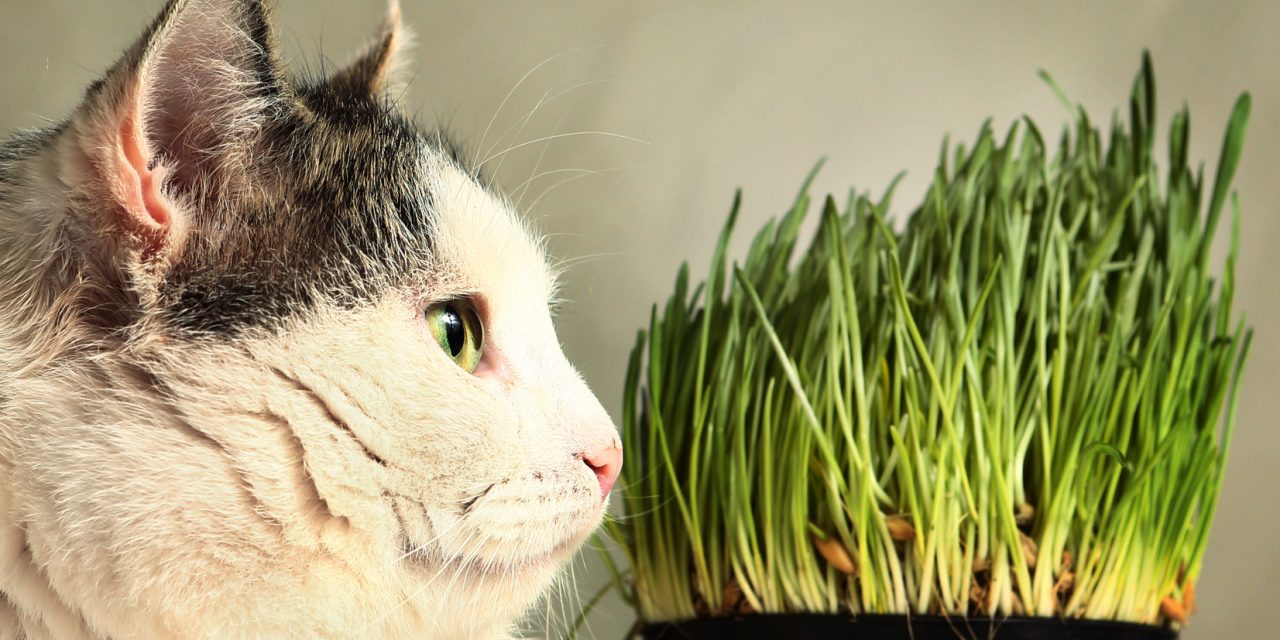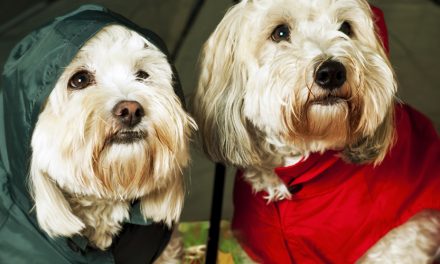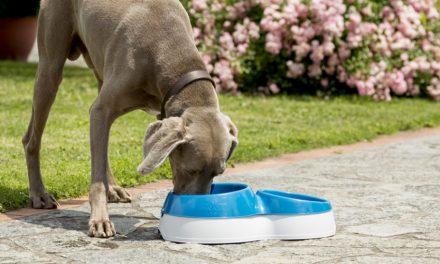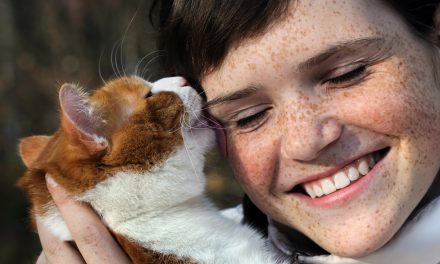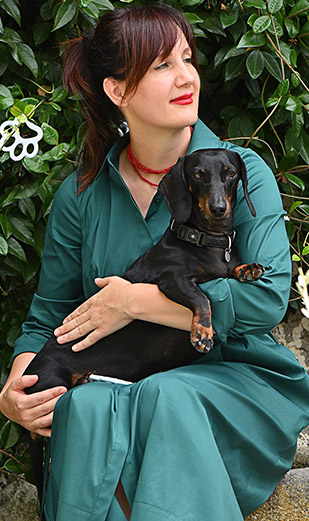I have already talked about the danger of many flat plants for our furry friends (if you missed it, I invite you to read it at this link). Now let’s deal with those plants that our dog could meet during his walks in open air.
A lot of dogs use to collect small woods: they take them to play, by themselves or with their owner, but they use them also to crunch them, as we would do with chips.
They don’t’ always know how to identify the toxic or dangerous ones for their health instinctively, and we also, finding one on the floor, could be aware of the possible danger of the wood.
Our pets don’t sometimes limit to crunch parts of the brunches or of the trunk, but they chew or ear seeds. Pay attention for example to the ones of the castor-oil plant, very dangerous due to the gastric effect, but also to beads which look like colored and juicy, like the ones of butcher’s broom.
There are many plants that, like the ones for indoor, can provoke local allergic reactions, gastric or cardiac.
A short list includes:
- Rhododentrmu
- Ivy
- Gelsemium sempervires
- Wisteria
- Privet
- Oak
- Elder
Also the “ crazy chestnuts” of the horse chestnut, very common tree in our towns as well, are dangerous for our pets.
If the plant or parts of it should be swallowed by our pet with immediate symptoms , I suggest you to collect the “suspect” plant and take it with you to the Veterinary. It will be easier to individuate the toxic component and decide the correct therapy.
I recommend to take the greatest care when you take home a wooden stick, after a walk, to let your pet play: always check if they are parts of poisoning plants ( pay attention to the smallest pets, particularly rodents).
Otherwise, a wonderful stick of olive tree will be appreciated by all, cats included: they will get crazy for the well accepted present.

